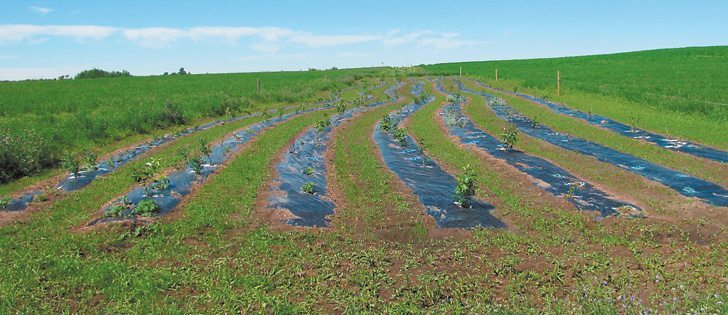T here are four ways you can market your crops:
1) You are a market expert with consistently right market calls and you do all the pricing yourself. Even if you’re not the best at it, you enjoy it and do well enough to stick with it.
2) You employ professional marketers who analyze the prairie buyers’ market and your crop portfolio and make most of your marketing decisions for you. They use their skills to try to get you prices in the top third or top half of the year’s price range, based on their market analysis skills and connections, and you leave them to it.
Read Also

U.S. market can’t easily be replaced
The deputy chief economist of Farm Credit Canada says 92 per cent of Canada’s total exports to the U.S. went into the country duty-free in June.
3) You don’t believe anyone can time open market futures prices or basis levels, but you want someone with commercial grain company-level skills and experience to make sales on your behalf and to use their ability to source and move lots of grain to get you better than average prices. You throw your lot in with fellow producers to establish strength in numbers.
4) You haul your crops to the elevator whenever you’ve got a bill to pay, or you want to go on a holiday. Whatever the price is, the price is.
A lot of farmers still rely upon approach No. 4. Lots also think they can achieve approach No. 1.
In recent years, many farmers have migrated into No. 2, becoming willing to pay for professional marketing advice because they realize marketing is not their expertise but professionals can do it well and get better than average prices.
Category No. 3 is still possible, as it has been for decades. It’s the pooling approach used by the Canadian Wheat Board and the open market CWB is using a form of the marketing tool in the post-monopoly environment.
Many farmers have disliked and resented the pooling approach and are delighted about being freed from being forced to use it .
But many, many others liked the pooling approach and they still have a chance to keep it alive.
However, it’s not going to be around if people don’t use it, so if you’re still hoping to see a pooling system survive as an option for prairie farmers, you’d better get using it.
It might be tempting to sit back, be cautious and see how things develop, but that won’t help the new CWB’s pooling program get up and going. The pooling program has already been making sales and locking in some prices, but that’s a lot harder for it to do now than during the days of the monopoly when it had a good sense of the size of the crop it would market. The CWB now doesn’t know how much grain it’s going to be marketing, and that will make it reluctant to be super-aggressive to lock in too much.
It is now the perfect environment for farmers in category No. 2, good but distracting for those in No. 1 (after all, there is a crop growing in the field that is demanding a lot of attention), terrible for those in No. 4 (if they have little old crop left to sell), and very good for those who want to try No. 3.
If the CWB is making sales into the present rising market, it’s locking in some good prices today. Selling carefully into a situation like today’s might work out very well for farmers, and if they are farmers who like the idea, the feeling and experience of pooling, why not give it a go? The CWB would probably appreciate having a better sense of how much grain it’s going to market, and if you’re going to be using it you want them to have all the information they can get.
The next year could be a “use it or lose it” situation for farmers who want to maintain pooling, so the onus is on farmers who say they want it to actually use it.














